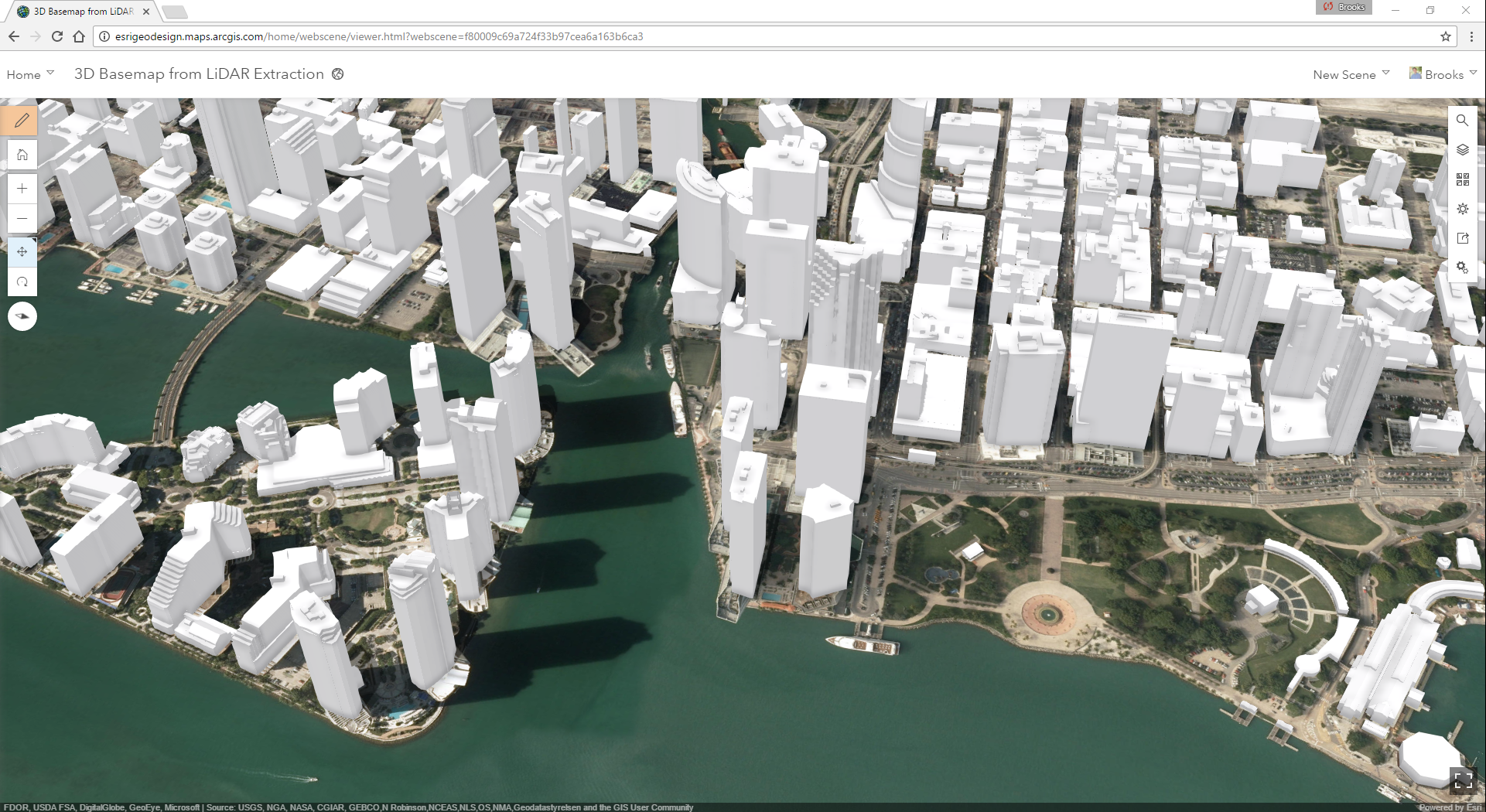Connecting state and local government leaders
An important question facing communities in South Florida: “How do we get the right information we need to inform changes in building codes and prioritizing infrastructure for investment?”
The Miami area sits on a massive, flat formation of porous limestone.
That geologic and topographic reality means that as sea levels rise, so too does the region’s groundwater—rendering inland areas as vulnerable to flooding as the coastline.
There’s an urgent desire among local officials to quantify the increased flood risks associated with sea-level rise, so as to make government strategic plans and budgets as resilient as possible.
“We’re looking at how to best map the vulnerability of the city’s critical infrastructure, as well as the private sector’s,” Jane Gilbert, the city of Miami’s chief resilience officer, told Route Fifty in an interview. “How do we get the right information we need to inform changes in building codes and prioritizing infrastructure for investment?”
Gilbert started in her position in November, when greater Miami joined the 100 Resilient Cities network, having helped with the application as part of The Miami Foundation ’s civic leadership agenda . An environmental scientist-turned-public official, she’s now working with counterparts in Miami Beach and Miami-Dade to craft a unified resilience strategy for weathering “shocks” like hurricanes and flooding and addressing “stresses” like a shortage of affordable housing and a strained local transportation network. The hope is the strategy can eventually be scaled up to encompass all 34 cities in Miami-Dade County.
Groundwork for the new partnership was laid by the establishment of the four-county Southeast Florida Regional Climate Change Compact in 2010, Gilbert said, which first got local governments like Miami-Dade thinking about strengthening urban resilience through resource sharing.
“We run models of storms that hit the county with existing natural infrastructure and without,” Katie Hagemann, Miami-Dade’s resilience coordinator, said in a phone interview. “We can compare and see what protection the assets provide, helping to inform decision-making around how we manage coastal areas.”
In 2015, the county provided Miami with Light Detection and Ranging (LiDAR) data used to project parts of the city threatened by tidal fluctuations and sea-level rise as far off as 2030 and 2060. LiDAR works by having a plane fly a pulsed laser over an area to establish billions of altitude points.
More recent flights have been used for semi-automated extraction of building and spatial data—3-D mapping the county and its elevation. Cities use the technology to perform remote inspections of their tree canopies or power lines.
“A county has traditionally not been able to enter the 3-D market when it comes to this tool because they’re so huge,” Brooks Patrick, Esri ’s 3-D geodesign markets account executive, said in a phone interview. “Because ours is semi-automated, it allows us to scale to the massive size of Miami-Dade.”
A 3-D basemap allows the county to do web-based planning around climate resiliency and better communicate flood risk. Gilbert wants to understand where the most vulnerable levels of Miami will be 15 to 20 years from now with tidal flooding and storm surge overlays.

In the midst of an economic boom, Miami is witnessing lots of development that needs to be resilient. That will involve modifying zoning and building codes when it comes to things like base floor elevation and placement of electrical and mechanical.
The city also wants protect grey and green infrastructure, like mangroves along the coastline, while reprioritizing its capital improvement plan with respect to stormwater and flood management.
LiDAR has provided a foundational basemap layer with enough resolution to help Miami-Dade and Miami understand their groundwater and drainage situations, Hagemann said.
Miami-Dade formed an Office of Resilience in the fall of 2015 by essentially transforming its Office of Sustainability and expanding its scope. That office now works more closely with Transportation and Affordable Housing departments to confront the larger challenges the community faces through investments simultaneously mitigating flood risk and hardening critical infrastructure, Hagemann said.
With grant money, the county is working with the Army Corps of Engineers to look at steps to understand how green infrastructure like sand dunes, coral reefs and mangroves can reduce potential coastline damage due to a storm surge. Sea-level rise also threatens coastal habitats.
Seemingly minor sunny day flooding from a king tide can have a big impact on drainage and water flows with the county being so flat, forcing officials to think hard about how to best adapt. And flood levels have been higher than they’ve been traditionally, Hagemann said.
“We have a lot of infrastructure that might be out of sight, out of mind,” she said. “People try not to think about their septic tanks as much possible.”
That’s why the county has been facilitating more sewer hookups and evaluating reinsurance implications.
An enhanced capital plan is coming that will run an adaptation cost-benefit analysis, Hagemann said, possibly using GIS analysis to gauge feasibility and scalability. Public safety is paramount and public engagement crucial.
Together with the county, Miami is interviewing other mayors and assembling focus groups of emergency managers, millennials and business owners around sea-level rise risks, insurance, transportation and housing.
100 Resilient Cities platform partner AECOM is performing a water management economic analysis, the results of which will support civic engagement efforts.
In a fiscally conservative state like Florida, efforts to combat climate change’s worst effects must be couched in terms of local infrastructure and economic growth and stability, Gilbert said.
“Infrastructure we’re talking about creates a lot of solid local jobs and will protect private real estate investment locally,” she said. “That’s how we talk about flood risk and water management.”
Even so, Miami Beach—where flooding impacts have been more pressing—has self-financed investment in flood pumps and elevating roads by raising its sewer fees. The state has been receptive to Miami’s efforts at coastal infrastructure protections.
Miami-Dade’s messaging around resilience paints sea-level rise as a long-term concern, while a hurricane can be a more immediate threat, Hagemann said. If a homeowner builds their house above storm surge height, their property is more resilient when facing long-term risks from higher sea levels.
While the county oversees sewer and water, it will work with cities like Miami on improving stormwater and road infrastructure, as well as a public transit plan.
Miami-Dade has a series of transit-oriented plans looking at different corridors for bus-rapid transit express networks. LiDAR will help with transit-oriented design that ensure sufficient population relative to transit stops, Patrick said.
“We see this as turning a major challenge into an economic opportunity for the region,” Gilbert said. “If we can lead on a sea-level rise [and] climate change solution, we can help other communities do that internationally.”
Dave Nyczepir is a News Editor at Government Executive’s Route Fifty and is based in Washington, D.C.

NEXT STORY: Rehabilitating prisoners in a virtual world




